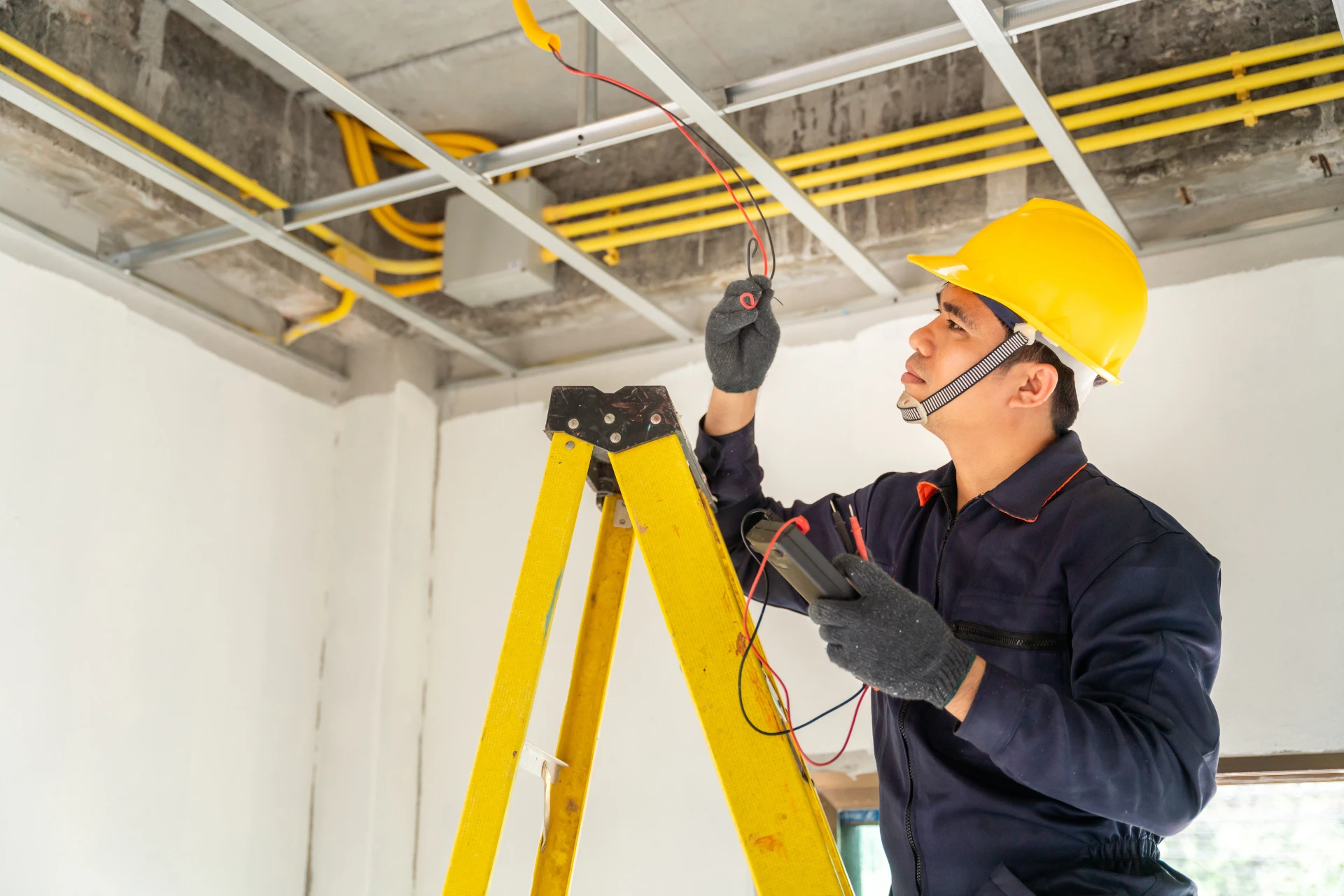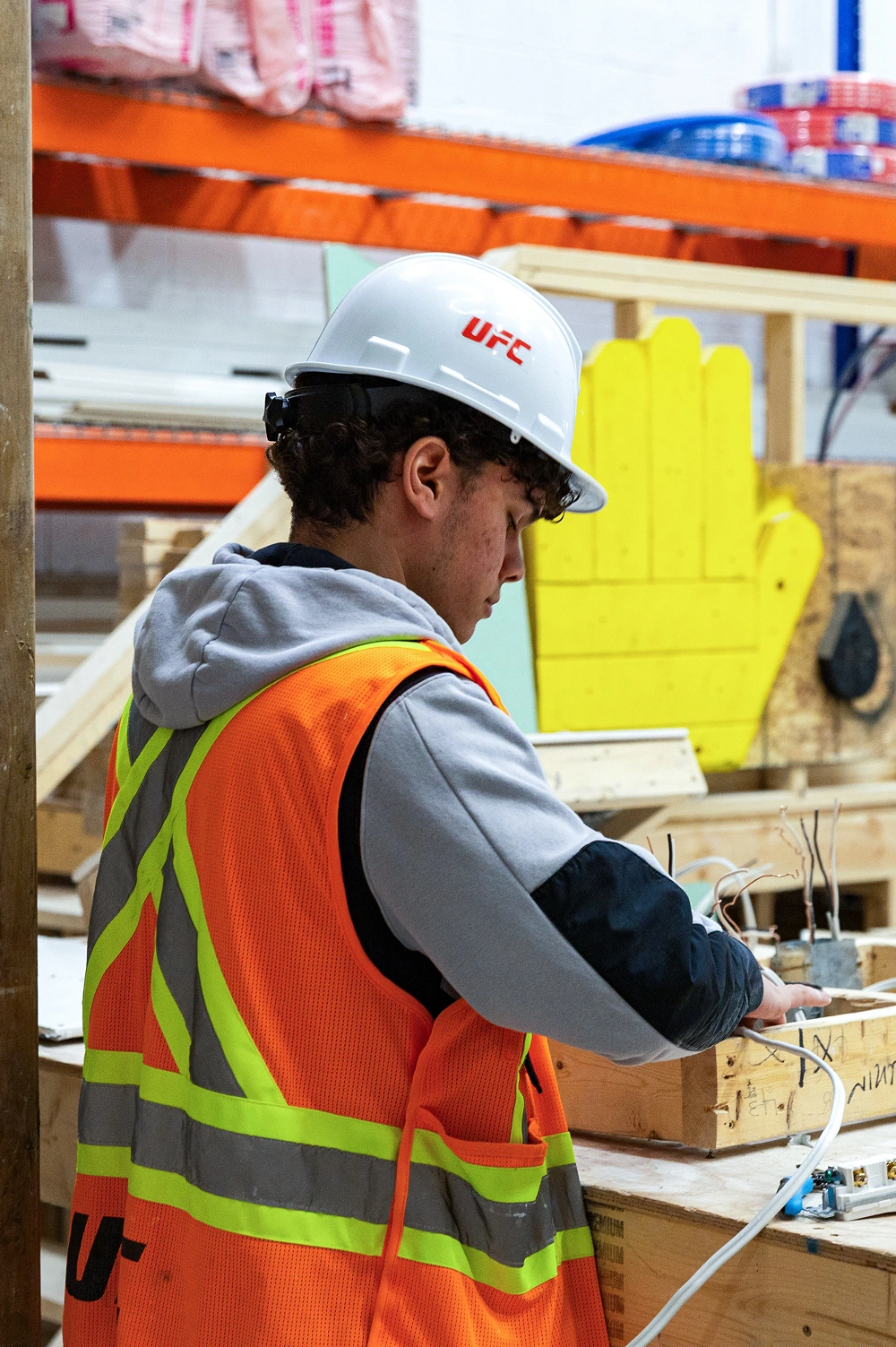How to Start a Career in Smart Home Wiring in Ontario

Published On
16-02- 2023

Hands-on trades have long been dominated by men. But with today’s redefined gender roles and a high demand for workers, more women are now joining the skilled trades industry.
However, women working in male-dominated workspaces still deal with challenges like sexism, harassment, and discrimination. This is also one of the biggest factors why women only make up 5% of the skilled trades workforce.
Despite that, women and girls are still lured by the independent nature of skilled trades and the lucrative pay. In this blog, we’ll take a look at some of the factors affecting this paradigm shift.
Contrary to stereotype, there are several women who played a huge role in the advancement of skilled trades.
Dating back as far as 500 BC in China, Lady Yun and her husband Lu Ban innovated woodworking. They came up with best practices that are still used today, including the chalk line and the principles of feng shui. Lady Yun also designed and constructed the first umbrella.
Another notable woman in trades was Emily Roebling, an engineer who took charge of the construction of the Brooklyn Bridge in the late 1800s. She was the wife of civil engineer Washington Roebling and the daughter-in-law of John Roebling, who designed the Brooklyn Bridge in the late 1800s.
At the beginning of the bridge’s construction, John passed away and left his son Washington in charge. But Washington fell ill, so it was up to Emily to see the bridge to completion. She performed complicated calculations and stress analysis. Not only that, but she also dealt with local politicians and others involved in the construction.
These women are just at the tip of the iceberg; who knows how many others contributed significantly to the trade industry only to be erased from history?
According to the Canadian Coalition of Women in Engineering, Science, Trades, and Technology (CCWEST), women in skilled trades still face discrimination. The tricky part is that this discrimination isn’t always obvious.
These are the biggest culprits as to why there are still few women in trades. There is overwhelming evidence that women are often the target of stereotypes and bias in the workplace. It doesn’t help that some employers don’t do enough to eliminate this bias, as women in trades may be assigned lower-skilled roles or get fewer opportunities.
Women have only ever seen men in the skilled trades sector, which leads them to unconsciously reject career prospects in the field. Some employers feel that women may be uncomfortable due to the male-dominant workforce. Marketing trade jobs to women as early as possible can help solve this challenge.
Another traditional challenge is balancing child care with on-site work. In most families, mothers are the primary caregiver for young children. They are also responsible for managing household responsibilities.
This forces women to choose whether they want to have a career or start a family. The solution is to offer affordable child care for mothers who wish to engage in skilled trades.

Women are told less about the careers available to them in the skilled trades industry. Female students are rarely oriented towards the trades during career counselling. This lack of awareness leads to a lack of opportunities for women to get their foot in the door.
Canada, like many developed nations, is facing a shortage of skilled trade workers. Construction projects halted during the pandemic are resuming, but many tradespeople have retired or are retiring. Here’s where women can step in.
Despite the challenges mentioned above, more Canadian women are now entering the skilled trades industry to address the shortage in workers. More companies are also prioritizing inclusivity and diversity, so they need to hire more women to fill job vacancies.
Aside from learning valuable skills, women can potentially earn more in trades compared to white-collar jobs. They are also contributing to the Canadian economy in a significant way by learning a skilled trade.
In an effort to increase opportunities for minorities in skilled trades, Canada suggested employment thresholds for women and Indigenous Peoples in major projects that receive support from the government. However, it is still up to the provinces to implement these rules. The government also set a budget of $2.4 million in grants and funding programs over the next five years to help diversify the trades workforce.

With the number of trades out there, figuring out which one is right for you is the first step to having a fulfilling career. Start by taking career assessments to narrow down your choices and see which trade will suit you and your lifestyle.
Make sure to attend career fairs, which can be great sources of information. Alternatively, you can research trades schools or similar institutions and their programs.
If you do have an idea of what you’d like to pursue, it’s time to seek out a pre-apprenticeship that can equip you with the foundation to begin an apprenticeship. Or you can look for apprenticeships and work on completing the required hours for on-the-job training.
Do you want to become one of the increasing number of Canadian women in trades? Whether you want to be an electrician, plumber, or get into home renovation, Skilled Trades College has you covered.
Skilled Trades College is an industry-recognized training centre that offers pre-apprenticeship programs. These courses equip students with fundamental skills and provide hands-on training to prepare them for apprenticeships.
Call us now or send us a message to learn more.
9,281+
LIVES CHANGED

12,481+
WIRES PULLED

85,382+
2X4'S CUT

9,756+
PIPES LAYED

9,281+
LIVES CHANGED

12,481+
WIRES PULLED

85,382+
2X4'S CUT

9,756+
PIPES LAYED

9,281+
LIVES CHANGED

12,481+
WIRES PULLED

85,382+
2X4'S CUT

9,756+
PIPES LAYED
